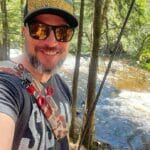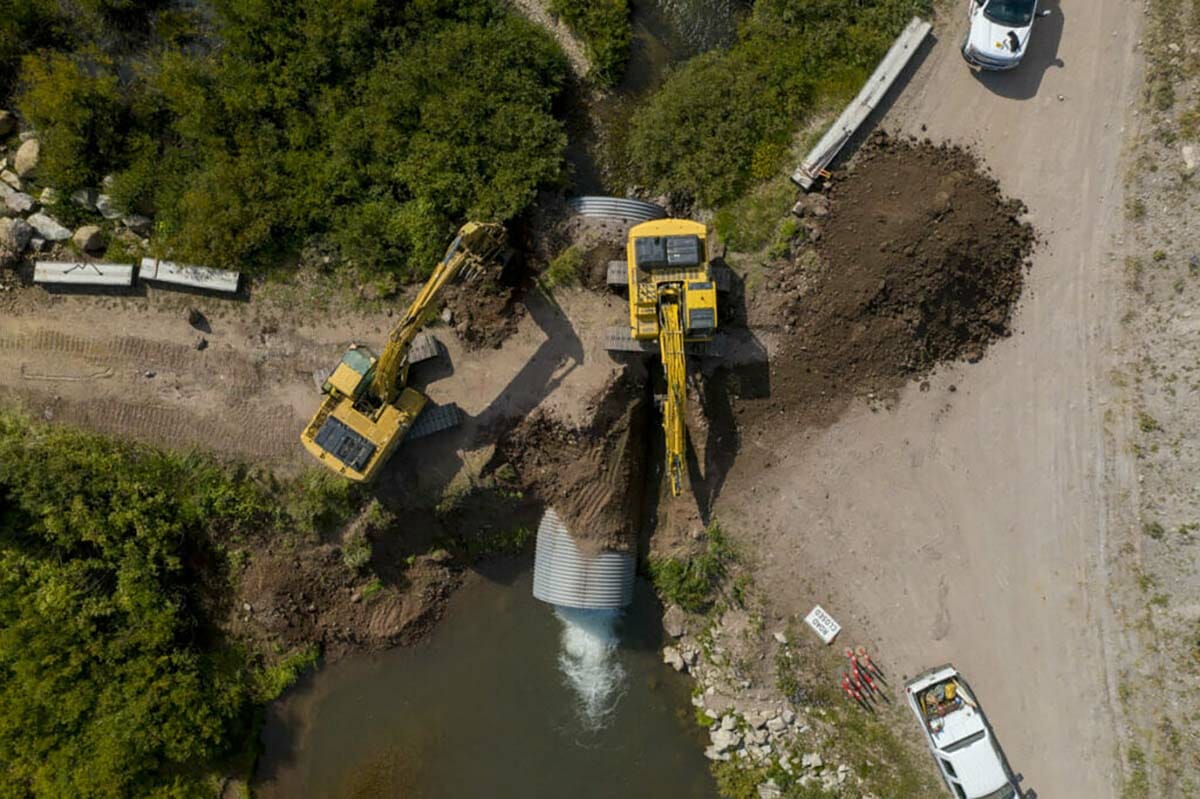When you think of Farm Bill conservation, what comes to mind? Maybe fields full of pheasants or ringed by deer stands. Prairie potholes for waterfowl. What about fish – perhaps a little farm pond full of bluegills and bass?
Farm Bill conservation programs actually fund a significant amount of coldwater conservation across the country, and Trout Unlimited leverages several Farm Bill programs to improve and restore coldwater streams for trout, salmon, and people.
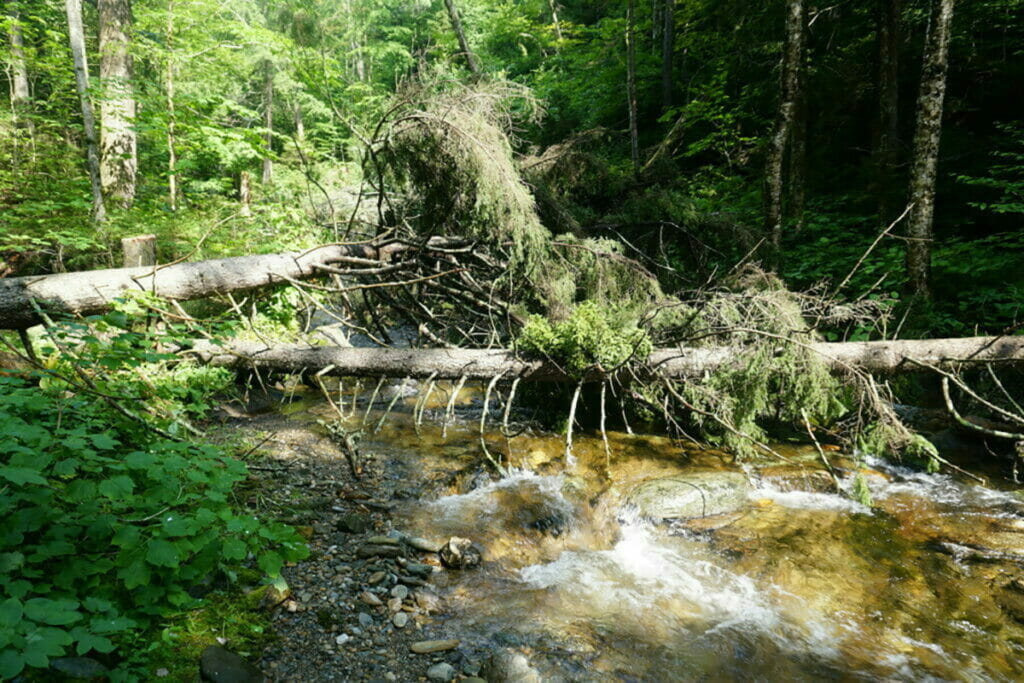
Farm Bill helps fishing
The fisheries work funded by the Farm Bill is as varied as the vast landscapes in which trout and salmon are found.
- It’s replacing undersized culverts in Oregon as part of a creating a Salmon Superhighway.
- In the Gunnison River watershed, its irrigation modernization to retain more water volume in-stream.
- In the Driftless Area of Wisconsin, Minnesota, and Iowa, its streambank stabilization, erosion control, and riparian planting, as in the Potomac Headwaters of West Virginia.
- And in New England, it’s strategic installation of woody material to control erosion and provide native brook trout habitat.
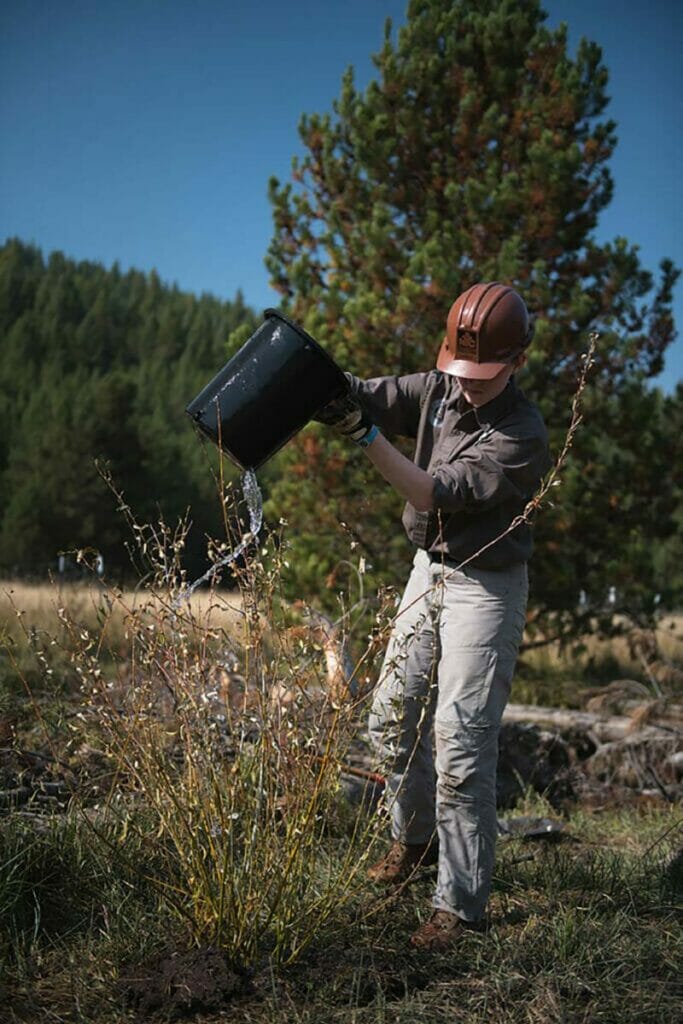
The common thread of this work is partnering with voluntary landowners to implement solutions that benefit both the landowner and the whole watershed and supporting rural economies by leveraging federal funds to deliver conservation services through local contractors. Trout Unlimited’s role in each project can vary from being a facilitator to federal programs and technical services, providing direct technical services, to full project management, engineering and implementation.
How it works
The primary Farm Bill programs that Trout Unlimited leverages are the Environmental Quality Incentives Program (EQIP), the Regional Conservation Partners Program (RCPP), Partners for Fish and Wildlife Habitat (administered by the U.S. Fish and Wildlife Service), Conservation Innovation Grants (CIG), and Emergency Watershed Protection (EWP).
“EQIP is the workhorse for a lot of project managers using Farm Bill funds,” explained Kyle Balint, western regional Farm Bill associate for Trout Unlimited.
EQIP is the Natural Resources Conservation Service (NRCS)’s flagship program to provide technical and financial services to farm, ranch and forest landowners to implement conservation practices on working lands. TU has leveraged EQIP to work with landowners and the NRCS to remove aquatic organism passage barriers on the Tillamook River’s “Salmon Superhighway” in Oregon, for example.
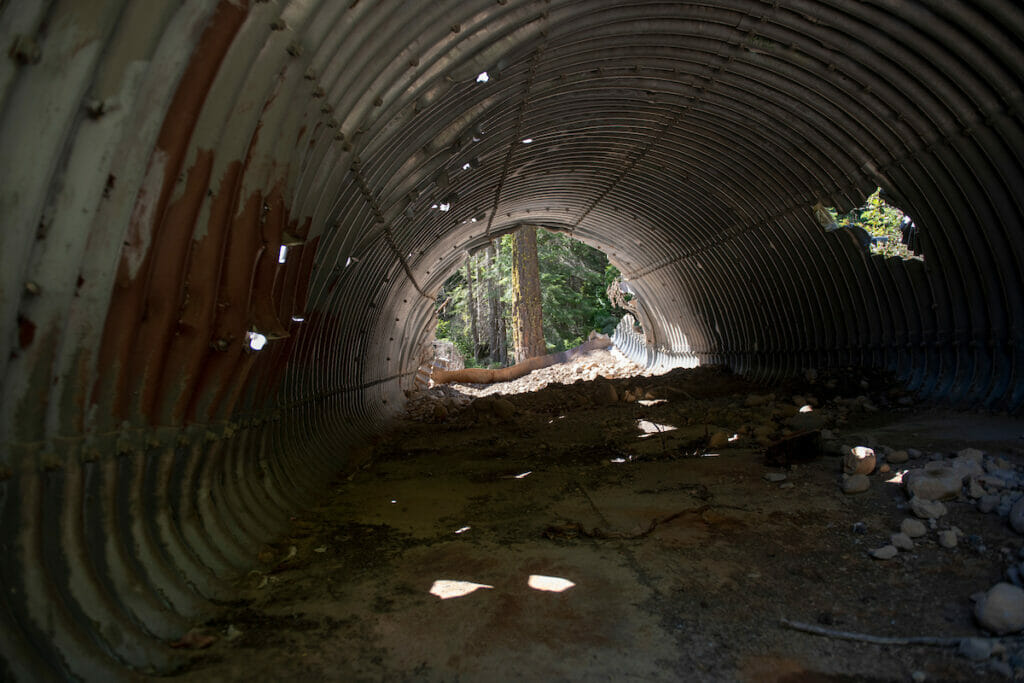
The Regional Conservation Partners Program (RCPP) directs Farm Bill conservation funds to regional conservation priorities through public-private partnerships. These can be through direct project grants or through an alternative funding arrangement, where TU takes on the role of providing technical assistance to landowners, which expands limited NRCS capacity.
In this video, Trout Unlimited stream restoration specialist Paul Krahn explains how RCPP worked to help TU restore eroding streambanks for a landowner in Wisconsin’s Driftless Area, reducing downstream flood risk while improving trout habitat in publicly accessible water through private land.
In New England, TU is leading an initiative through RCPP to restore 75 miles of stream habitat through the installation of woody debris, riparian plantings and strategic invasive species removal in Maine, New Hampshire and Vermont.
“This work will benefit the in-stream fish and macro communities as well as improve water quality and flood resilience for human communities,” said Erin Rodgers, TU’s Western New England project coordinator when the $1.8 million grant was announced in 2020.
In the Potomac Headwaters of West Virginia, Dustin Wichterman, associate director of TU’s Mid Atlantic coldwater habitat restoration program, works with landowners to restore native brook trout streams through the Partners for Fish and Wildlife Habitat Program. As featured in the film “Little Stream Big Magic”, TU has worked with over 400 landowners in West Virginia over 15 years through this program.
Because stream access laws and programs vary by state, some of these projects are on publicly accessible water, even though they flow through private land, and some are not. However, even if the project is not on publicly accessible land, the benefit extends to anglers wherever they fish in the watershed.
“Watersheds cross private and public lands, and fully functioning watersheds improve the fishery throughout the watershed,” explained Balint.
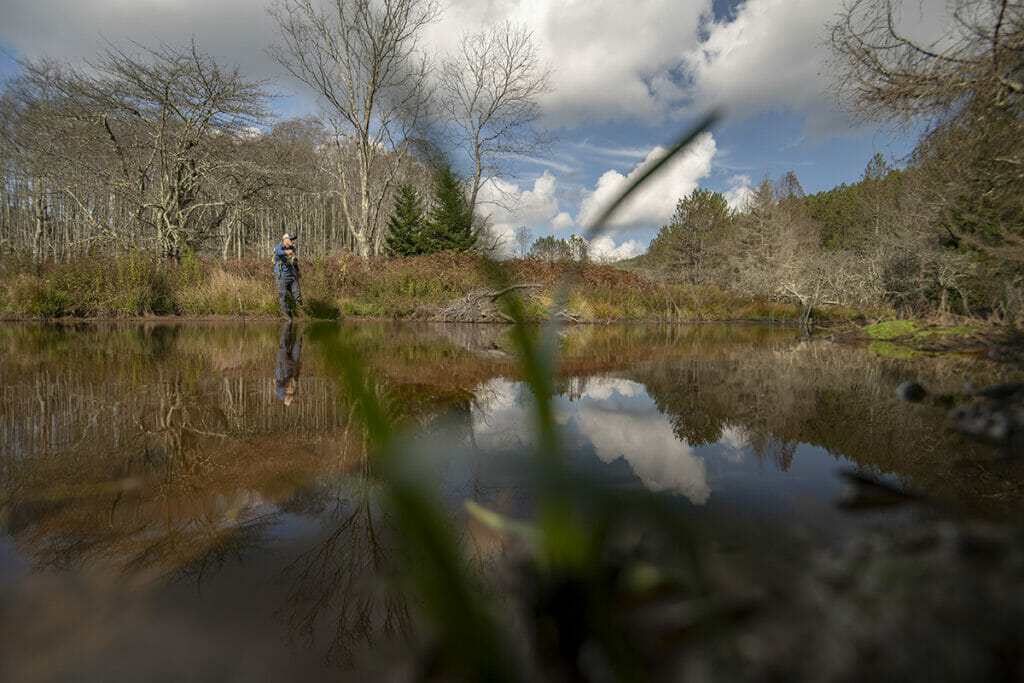
What’s next for the Farm Bill
The Farm Bill is up for renewal this year and Congress needs to reauthorize it with full funding for conservation programs. Conservation programs are already oversubscribed, meaning that there is more demand for the programs than available funding. Making the programs easier for landowners to work through and adding NRCS staff to assist landowners will ensure that the funding can reach the watersheds it needs to.
A strong conservation title in the Farm Bill doesn’t just improve trout and salmon habitat, but it also improves downstream water quality, reduces flood risk and supports rural economies. The Farm Bill has been the country’s largest source of private lands conservation funding, and TU has and will continue to use it to work with farmers, ranchers and landowners to restore trout and salmon habitat, as we have for over 50 years.


